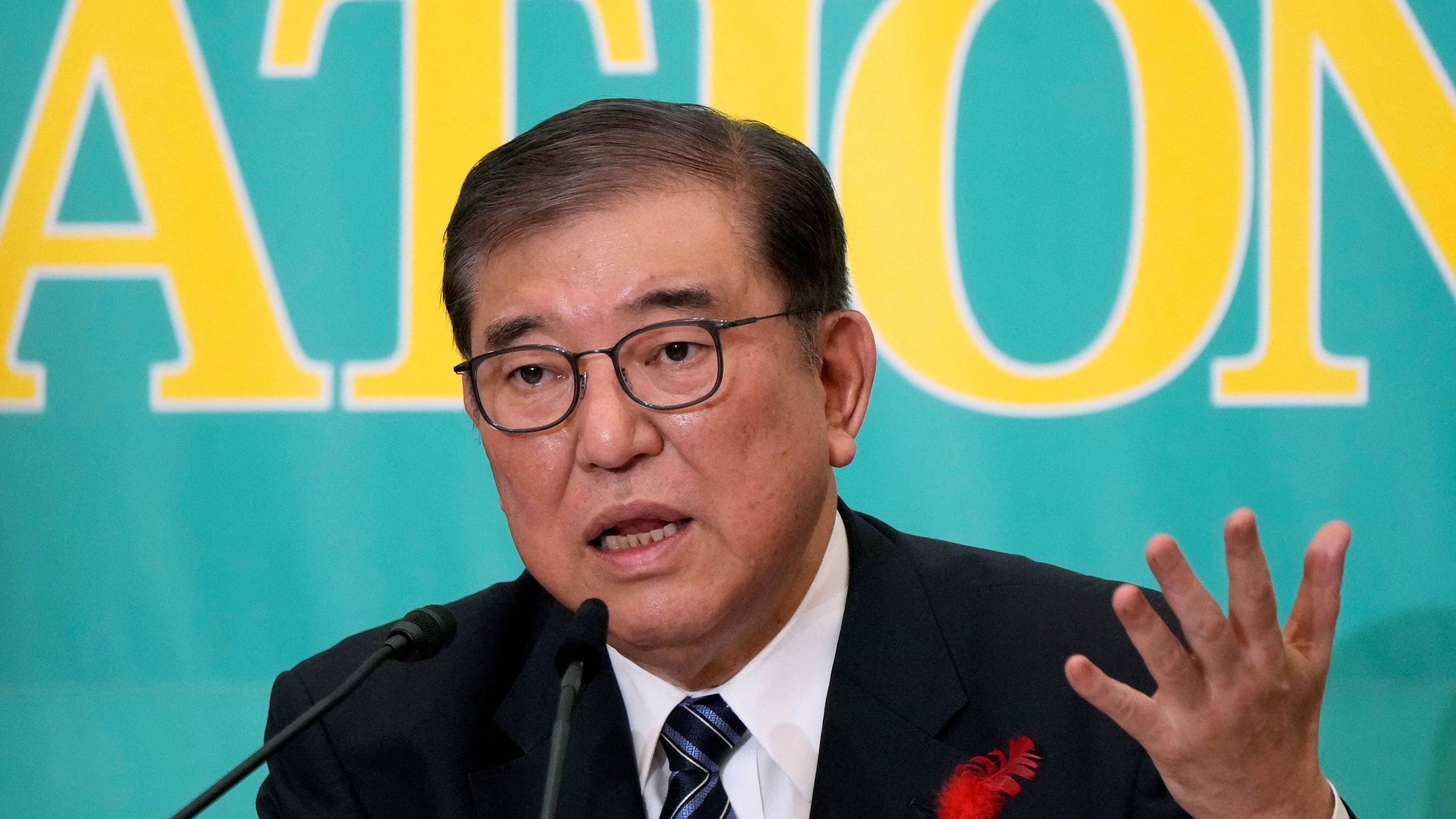
Japan's Prime Minister Shigeru Ishiba.
Credit: Reuters Photo
Tokyo: Japan's general election on Sunday will be a test for new prime minister Shigeru Ishiba, who is seeking to solidify his position atop a scandal-plagued party.
His gamble to call a snap election after winning a close-fought contest last month to lead the ruling Liberal Democratic Party (LDP) could backfire in a fluid election, however, as opinion polls show the party could cede seats to the opposition.
Here are some key factors to watch:
What's at stake?
Ishiba inherited a fractured party struggling to shake off a scandal over undocumented funds after predecessor Fumio Kishida cleared out tainted ministers, disbanded influential factions and stepped down himself, in a bid to regain public trust.
But Ishiba still appears to be fighting an uphill battle.
While some polls project the LDP and its coalition partner Komeito will maintain their majority, a weekend poll by the Asahi newspaper showed they may struggle, with the LDP potentially losing 50 of the 247 seats it now has.
If Ishiba misses his own target of retaining a majority for the ruling coalition, questions are likely to be asked about his capability as premier at a time of economic uncertainty and increasing tension with neighbours China, Russia and North Korea.
Who are the main parties?
The LDP has ruled Japan for almost all of the post-war era, and holds a majority in the 465-seat lower house. Its long-time coalition partner is Komeito, a party backed by a large Buddhist lay group that has often lent crucial campaign support to the LDP.
Although the LDP's popularity hit a low of 25.5% in June – the lowest since it regained power in 2012 – it remains the most popular party in a fragmented political landscape, with backing from 35.1% of respondents in a mid-October poll by public broadcaster NHK.
While the LDP still has strong support, the main opposition Constitutional Democratic Party of Japan (CDPJ) is making inroads. The Asahi poll estimated the CDPJ could grab as many as 140 seats in the election, up from 98.
WHAT ARE THE TOP ISSUES?
The economy and inflation are critical for voters, the NHK poll showed, with the slush fund scandal also a concern.
In a sign of the pain of rising living costs, food and daily necessities topped the list of items on which the respondents said they increased spending from a year ago, a quarterly survey by the Bank of Japan showed in early October.
Ishiba has told ministers to draw up a fresh economic package to cushion the blow to households from the rising costs of living.
The opposition CDPJ has announced plans to increase welfare spending, including free university education.